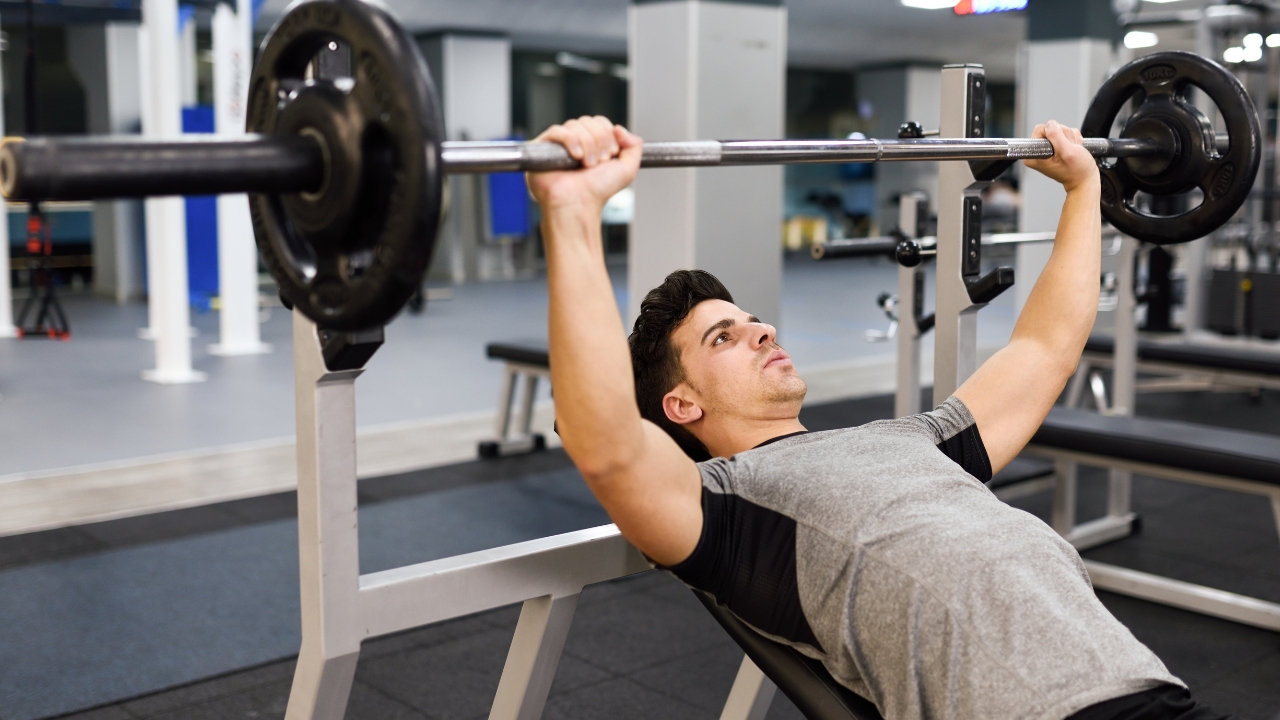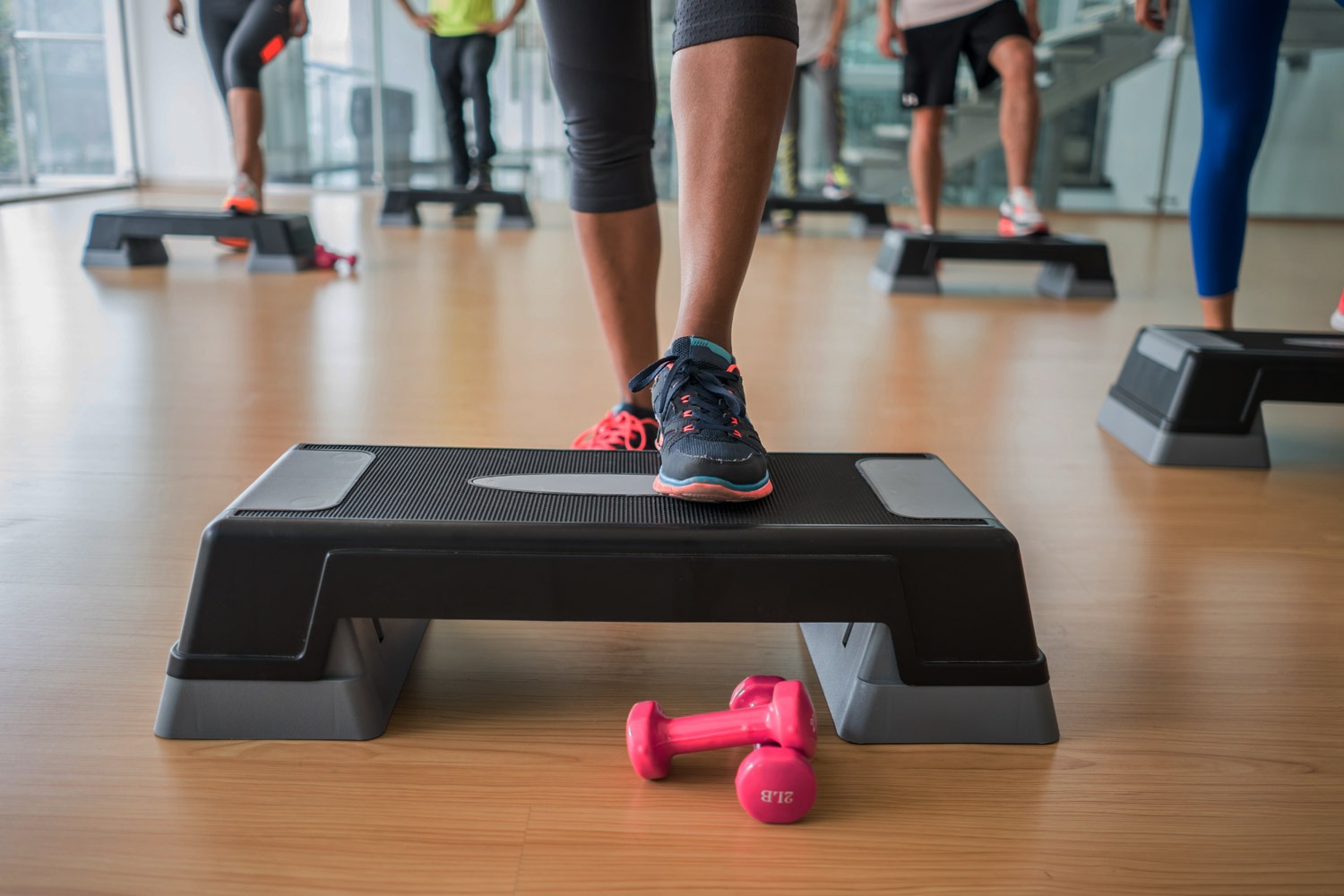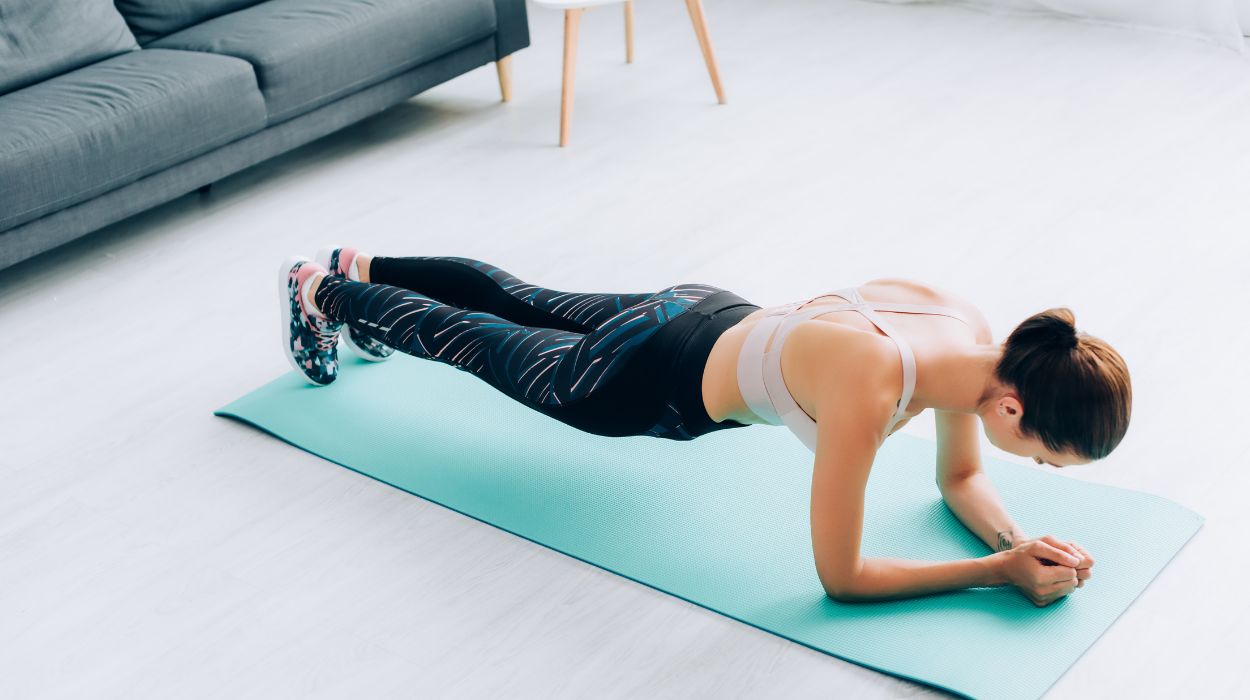Building a strong and well-defined chest is a goal for many fitness enthusiasts. Targeting key chest muscles through effective workouts not only improves your strength but enhances your overall physique. In this blog post, you’ll discover five essential exercises that will help you achieve those defined pecs you desire.
Each exercise is designed to activate different parts of your chest muscles, allowing you to maximize your gains. Whether you’re a beginner or looking to refine your routine, these moves will provide the foundation for developing a powerful chest. With the right techniques and consistency, you can progress toward your fitness goals and see real results.
Incorporating these workouts into your routine will not only boost muscle hypertrophy but also create a balanced and functional upper body. Get ready to learn the techniques that can transform your chest training and lead to impressive strength improvements.
Key Takeaways
- Focus on exercises that target all areas of the chest for balanced development.
- Use correct form to maximize strength and reduce the risk of injury.
- Consistency and variety in your workouts are key to ongoing progress.
Understanding Chest Anatomy and Function
Knowing the anatomy of your chest is essential for effectively training this area. The chest is made up of several key muscles, each playing a vital role in upper body movement and strength.
Muscular Composition of the Chest
The chest mainly consists of two major muscles: the pectoralis major and the pectoralis minor.
- Pectoralis Major: This large muscle covers most of your chest and consists of two parts – the upper chest and the lower chest. It helps in moving your arms forward, upward, and inward.
- Pectoralis Minor: This smaller muscle lies beneath the pectoralis major and stabilizes your shoulder blades.
Additionally, the serratus anterior is important for upper body movement. It helps you lift your arms overhead and supports shoulder mobility. Understanding these muscles will guide you in selecting the right exercises for growth and strength.
Role in Movement and Strength
The chest muscles play an important role in various movements of the upper body.
- Pushing Movements: Exercises like the bench press target the pectoralis major, enabling you to push heavy objects or perform dynamic movements.
- Arm Stabilization: The pectoralis minor and serratus anterior support shoulder stability during various activities.
Working on both your upper and lower chest will create a balanced appearance. To effectively train these muscles, focus on exercises that require movement in multiple directions, such as bench presses, flyes, and dips. This variety helps in maximizing muscle growth and strength.
Essential Chest Exercises for Hypertrophy
Building a defined chest requires a mix of compound and isolation exercises. These essential movements will target various parts of your chest to promote muscle growth and enhance overall definition.
Barbell and Dumbbell Presses
Barbell and dumbbell presses are fundamental for hypertrophy. The barbell bench press is a classic choice that allows you to lift heavy weights and build overall chest strength. Aim for 4-6 sets of 5-8 reps for maximum muscle engagement.
The dumbbell bench press offers a different challenge. It allows for a greater range of motion, helping to recruit more muscle fibers. You can alternate between flat, incline, and decline variations to target different areas of your chest.
Consider adding push-ups to your routine. This bodyweight exercise can effectively engage your chest, shoulders, and triceps. Increasing the intensity with variations like incline or decline push-ups can lead to even greater gains.
Incline and Decline Variations
Incline and decline presses are crucial for targeting different parts of your chest. The incline bench press emphasizes the upper chest and shoulders, making it essential for a well-defined upper chest. Use either a barbell or dumbbells for this exercise, focusing on 3-4 sets of 8-12 reps.
The decline bench press works the lower part of your chest. Like the incline variation, you can use both barbell and dumbbells. Both exercises help balance chest development and contribute to hypertrophy.
This variety in angles enables more muscle fibers to be activated during your workout. It is essential to incorporate both incline and decline variations into your training plan for optimal results.
Isolation Movements and Flyes
Isolation movements help target specific areas of your chest. Chest flyes, whether performed on a flat, incline, or decline bench, allow for a deeper stretch of the chest muscles. They focus on the pectoral muscles and can be done using dumbbells or cables.
Cable crossovers are another effective isolation exercise. By controlling the tension throughout the movement, you can maximize muscle activation.
Additionally, the dumbbell pullover can enhance your chest workout through stretching and contraction of the pectorals. Aim for 3-4 sets of 10-15 reps for these isolation movements to promote hypertrophy effectively.
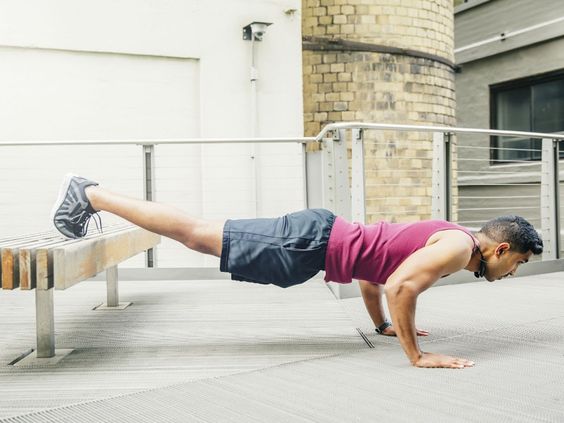
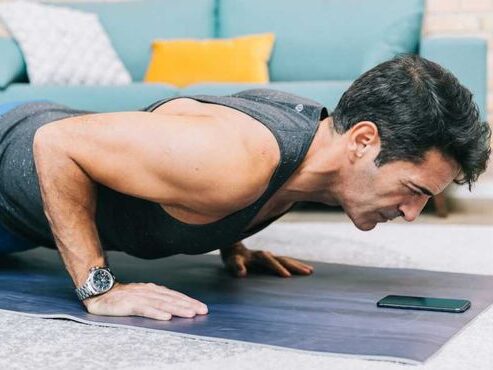
Advanced Techniques for Chest Development
To develop a well-defined chest, you can use several advanced techniques that enhance strength and muscle growth. These methods include progressive overload, drop sets, and strategies for better chest activation during exercises. Each technique targets muscle development differently and can help you achieve your fitness goals.
Incorporating Progressive Overload
Progressive overload is key for continuous muscle growth. This technique involves gradually increasing the weight, reps, or sets of your exercises. For instance, if you perform 3 sets of bench press with 150 pounds, aim to increase the weight by 5 pounds in your next workout or add an extra rep to each set.
Tracking your performance is crucial. Consider using a training log to monitor your progress over time. Additionally, ensure proper form to prevent injuries while handling heavier weights. This gradual increase challenges your muscles, promoting adaptation and size.
Utilizing Drop Sets and Supersets
Drop sets and supersets are effective methods to maximize your workout. In a drop set, you perform an exercise until failure, then reduce the weight and continue for more reps. This technique increases workout intensity and fatigue in the muscle fibers, leading to greater growth.
For example, in a bench press, when you reach failure at 150 pounds, decrease to 120 pounds and perform more reps. Supersets involve doing two exercises back to back without rest. Pairing a chest exercise with a complementary one, like tricep extensions, can enhance your workout efficiency and increase muscle fatigue, leading to better results.
Chest Activation Tips
Proper chest activation before your workout can significantly improve your performance. To ensure your muscles are engaged, start with dynamic stretches or warm-up exercises focused on the chest.
Exercises like push-ups or resistance band flys can activate the pecs. Pay attention to your form; keeping your shoulders back and down allows better engagement. Also, consider using a narrower grip during presses to target the chest more effectively.
Adding these techniques into your routine can lead to better-defined muscles and improved strength in your chest workouts.
Creating a Balanced Chest Workout Routine
A well-structured chest workout routine includes both compound and isolation exercises. This balance helps build strength, size, and definition in your chest. You should also focus on injury prevention and address any muscle imbalances to ensure effective training.
Sample Chest Workout for Beginners to Advanced
Your chest workout can vary based on your fitness level. Here’s a sample routine:
| Exercise | Sets | Reps |
|---|---|---|
| Incline Dumbbell Press | 3 | 8-10 |
| Barbell Bench Press | 4 | 6-8 |
| Dumbbell Flyes | 3 | 10-12 |
| Push-Ups | 3 | 10-15 |
| Cable Chest Fly | 3 | 10-12 |
Beginners should start with lighter weights and focus on form. As you progress, increase the resistance and include more challenging movements. Advanced lifters can use techniques like supersets or drop sets for added intensity.
Injury Prevention and Dealing with Muscle Imbalances
To avoid injuries, warm up properly before your workout. Include dynamic stretches that activate the chest and shoulder muscles. It’s also smart to include mobility exercises for your shoulders.
Identify Muscle Imbalances by checking your workout. If one side is weaker, adjust your exercises. For example, use dumbbells instead of a barbell to correct strength differences. Regularly switch between different chest exercises to develop balanced strength across the chest muscles.
Frequently Asked Questions
This section answers common questions about chest workouts. You will find effective exercises for building your chest and tips for training at home without equipment.
What are the top exercises for building a defined chest?
Some of the best exercises for a defined chest include the bench press, push-ups, and incline bench press. Incorporating these moves into your routine can enhance muscle growth and definition.
How can I train my chest effectively at home without equipment?
You can perform bodyweight exercises such as push-ups and wall push-ups. These require no equipment and can still engage your chest muscles effectively.
What does a comprehensive chest workout routine consist of?
A solid chest workout should include a mix of compound exercises and isolation movements. This can involve bench presses, flies, and push-ups to target different areas of the chest.
Which exercises target the lower chest for optimal definition?
To target the lower chest, focus on decline bench presses and dips. These exercises help emphasize the lower part of the pectoral muscles for better definition.
Can you suggest a chest workout plan that includes both weights and bodyweight exercises?
A good plan might include bench presses for strength, followed by push-ups for endurance. Combining these with exercises like incline flies can provide balanced training for your chest.
How often should I train my chest each week for the best results?
Training your chest 1-2 times per week is usually effective. This allows for recovery while maintaining enough frequency to promote muscle growth.
